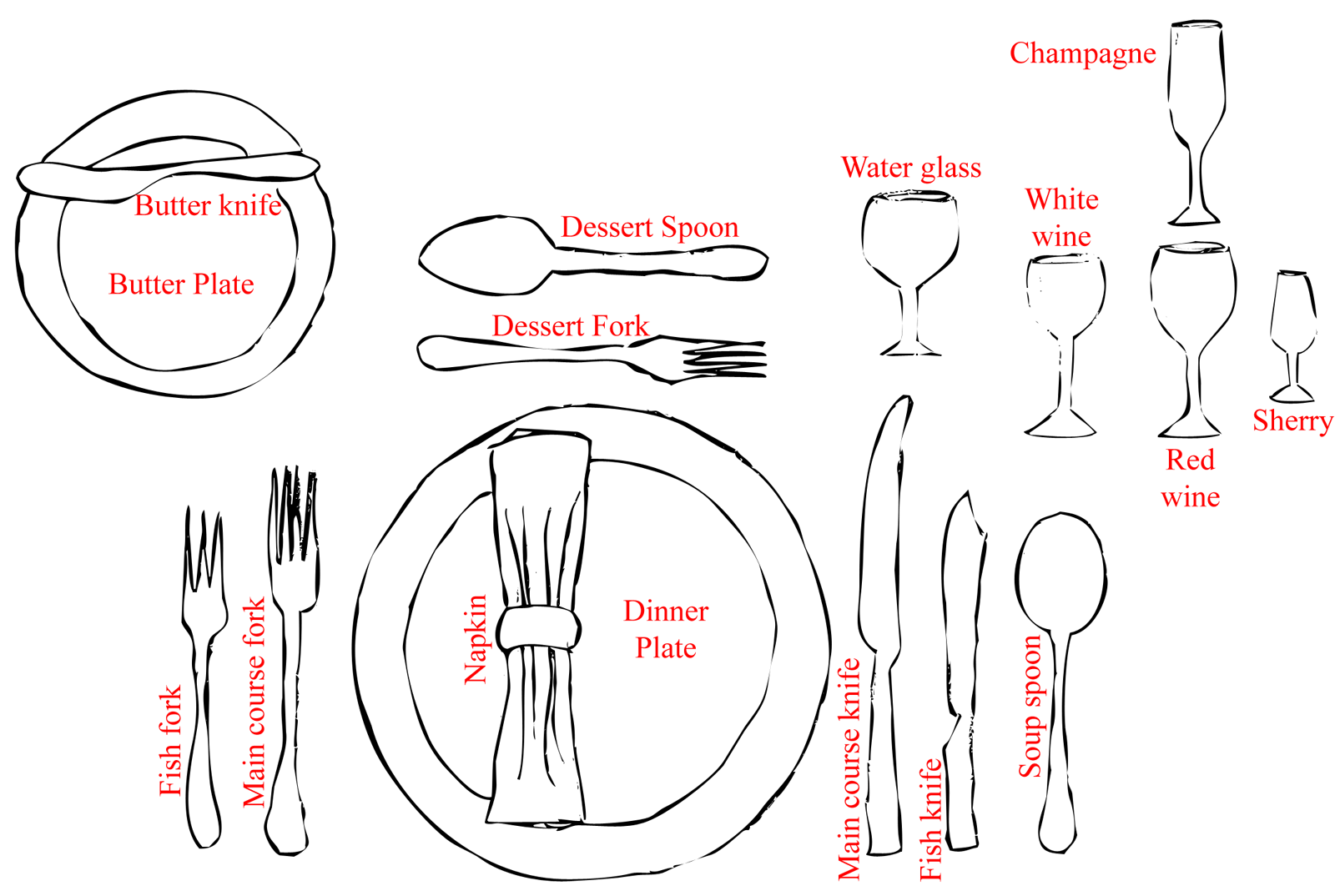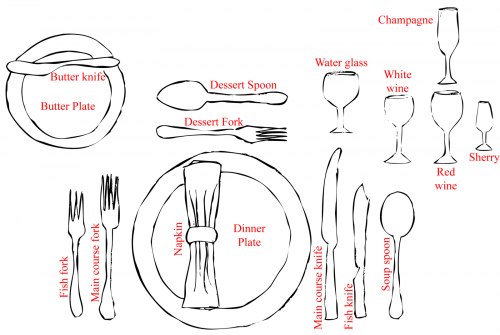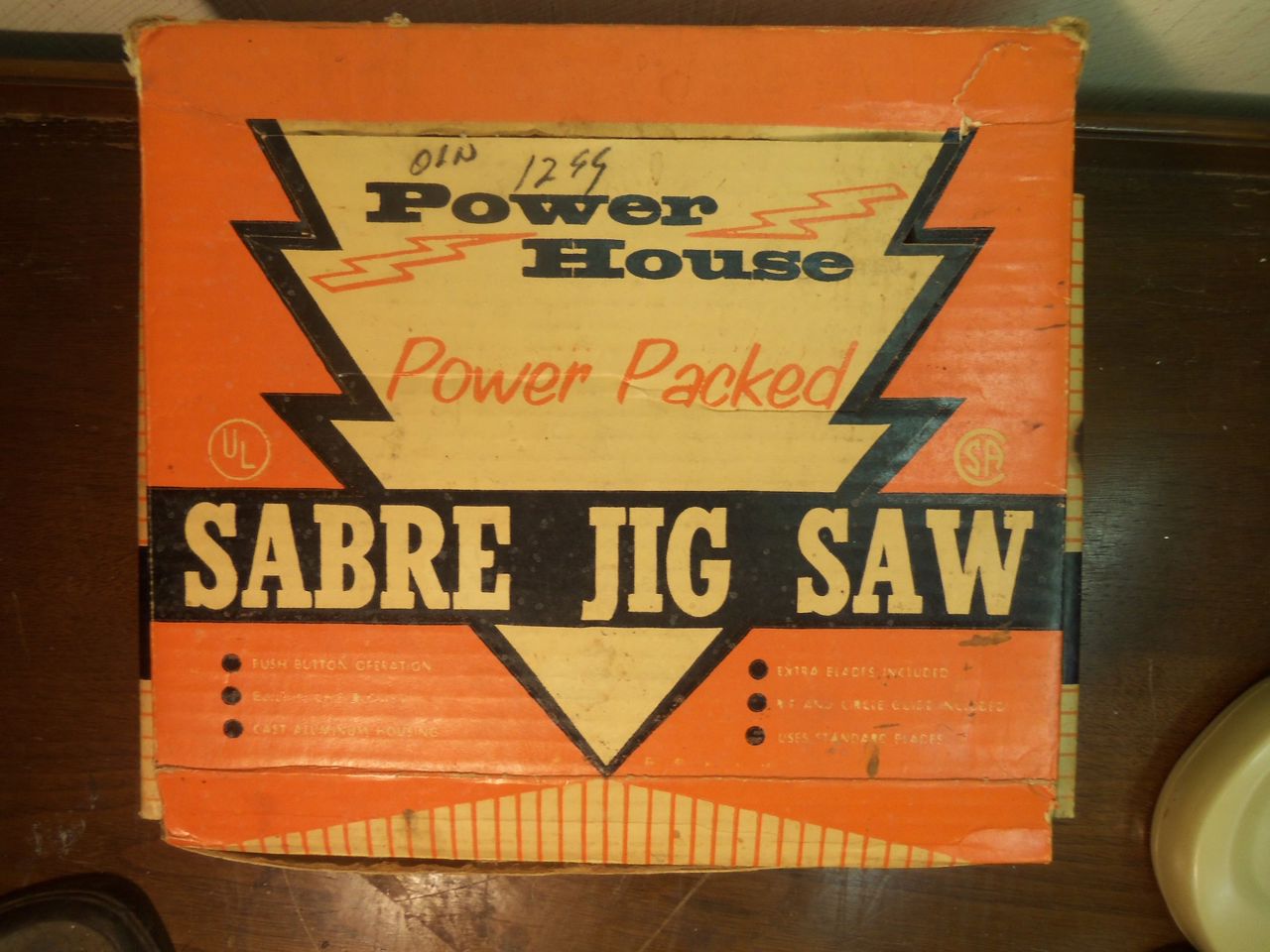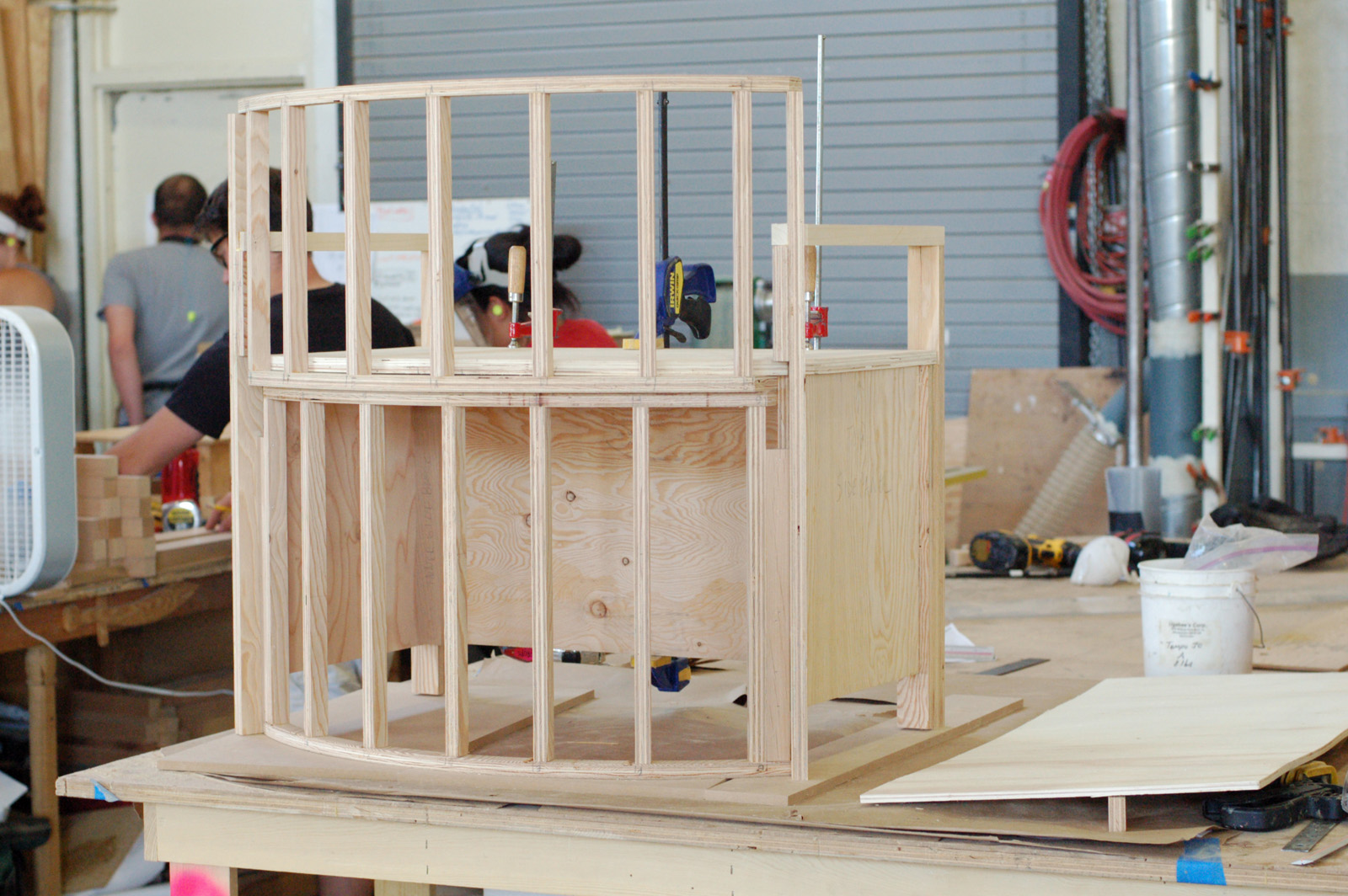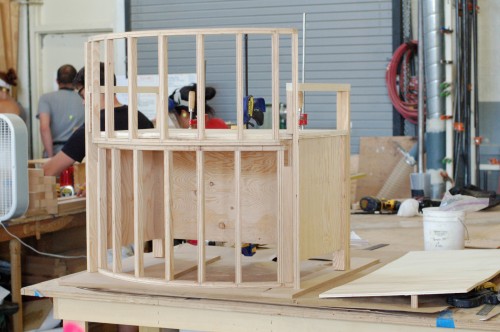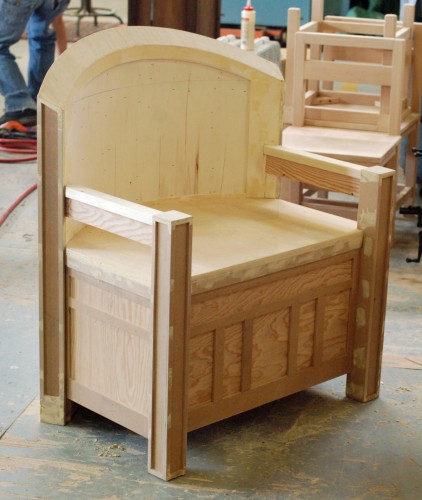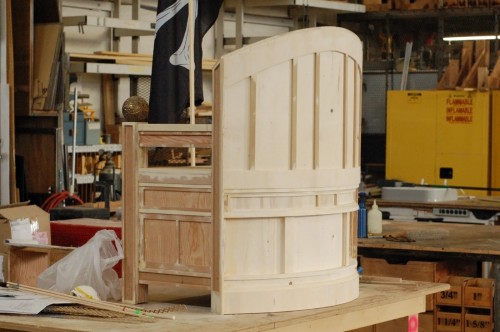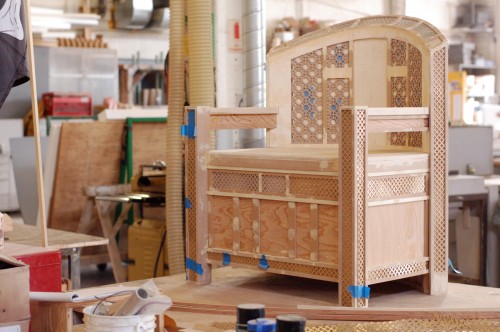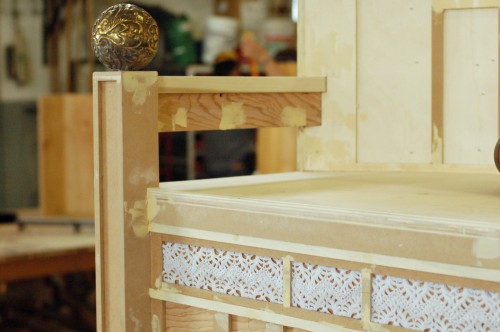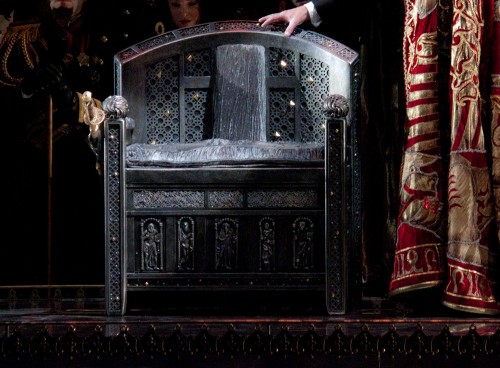The weekend is upon us again. It’s a holiday weekend; for those of us in the theatre, that means we have to go to work despite all the stores and banks being closed. It is also the unofficial end of summer. But don’t worry; I have some fun links below!
Curtains without Borders is a fascinating-looking project. It aims to record and restore all those hand painted theatre curtains found in town halls, grange halls, theaters and opera houses. It is mostly preserving those painted between 1890 through 1940. The site itself has some photographs (albeit of a small size) from across the country showcasing these valuable pieces of our theatrical history.
The San Francisco Gate has an article about Lori Harrison, the prop master at the San Francisco Opera. Lori gave us a tour of the opera back in 2010 when SPAM held its conference out there.
LA Weekly has a short blog asking “what do you do when your gun doesn’t go off onstage?” Most prop masters know to incorporate backup plans whenever dealing with firing blanks on stage, but if you don’t, this article is a good reminder that you should.
The National Park Service just completed a huge project. Thousands of images from their collections across the country are searchable and viewable online. These objects and specimens give a wide range of information from America’s history and are great for research.
Here are some pretty cool vintage ammo boxes. Unfortunately, none of the images are dated, but the enterprising prop master might be able to use them for further research. And while we’re at it, the whole Accidental Mysteries blog where this came from is filled with interesting vintage stuff and historic oddities.

